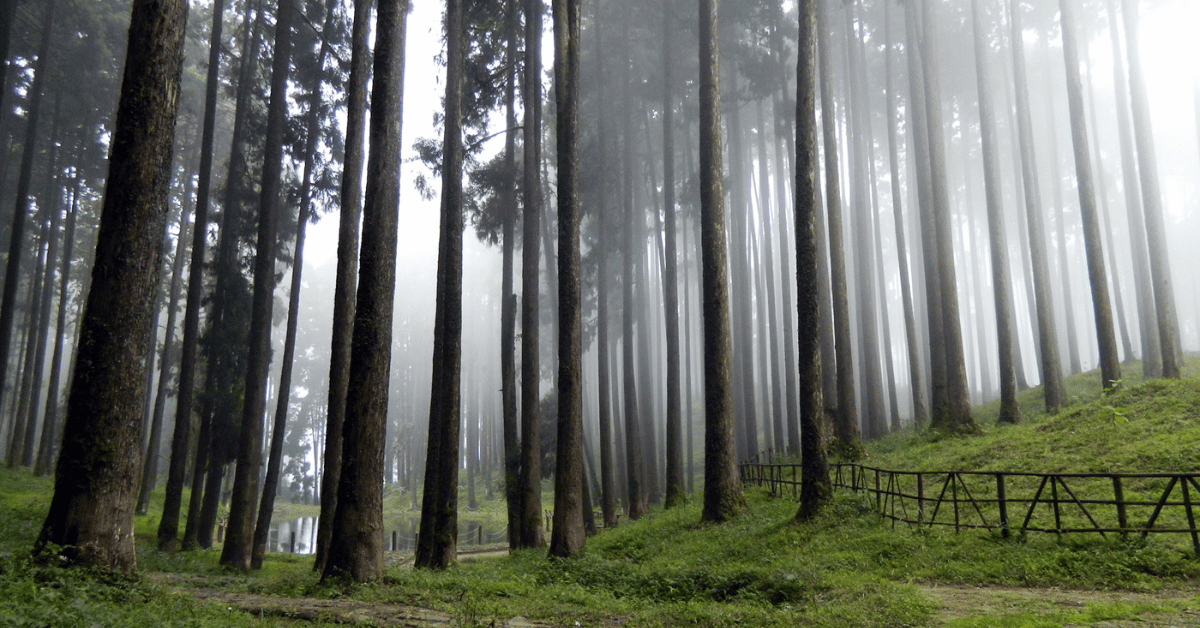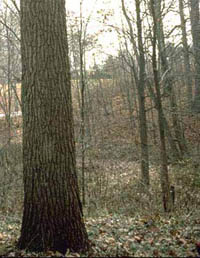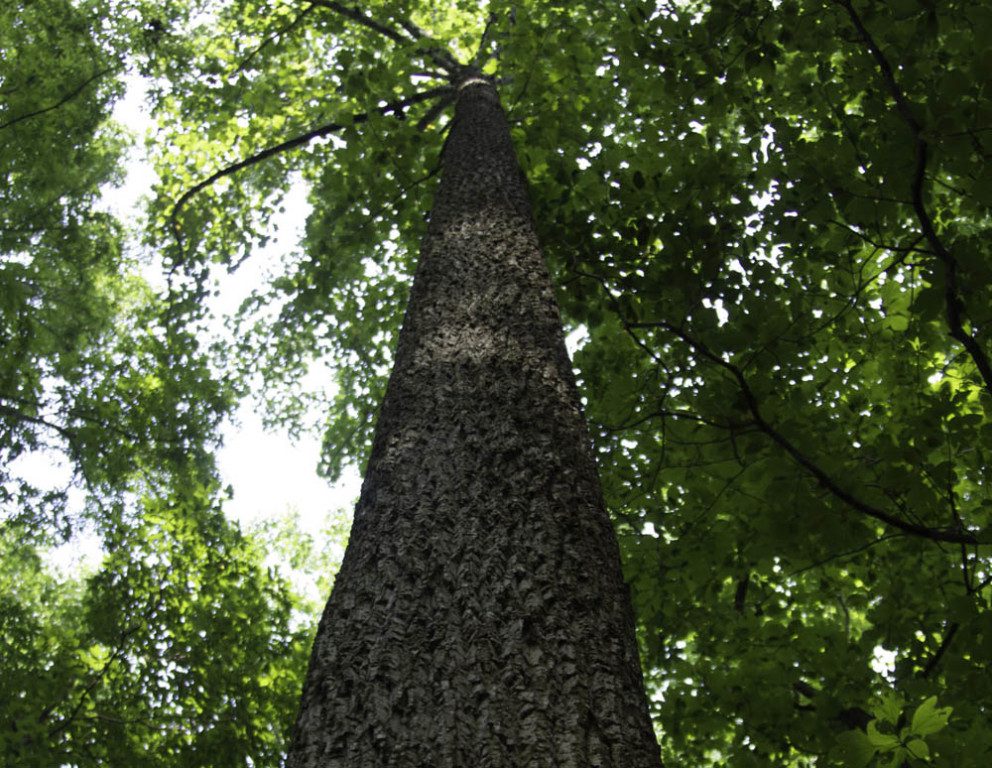What Makes a Tree Veneer Quality
While certain trees are incredibly valuable, the range of prices associated with timber and logs of differing grades varies tremendously. Understanding what makes a tree veneer quality can greatly impact these prices.
The reason for this range of values associated even with trees of a single species is multifaceted. The quality, and therefore the value, of a tree depends greatly on a number of factors. Most of these factors are essentially predetermined by the tree’s growing conditions.
Veneer Growing Conditions
Did the tree in question grow in a lush woods or in someone’s back yard?
Struggling for Sunlight Slow Growth in Canopies Factors Affecting Tree Veneer Quality
Trees in mature, full-canopied woods grow tall, reaching for sunlight and developing long, limb-free trunks. They accumulate little diameter growth in the first 40-50% of their lifespan as they focus on reaching the canopy for full access to sunlight.
Even in perfect conditions for high-quality timber, several visible and invisible factors affect a tree’s value. The tree’s growing location plays a key role in increasing timber value. A tree growing in a dense canopy grows slower than one planted in full sunlight, while also preventing low-growing limbs and promoting tall, straight trunks.

Factors Affecting Timber Quality
Even when a tree grows in perfect conditions for high-quality timber, several visible and invisible factors affect its ultimate value. The tree’s genetics may prevent it from becoming veneer or prime quality, regardless of its growing conditions. In short, veneer-quality trees are rare, and even the best, most mature timber stands rarely produce a majority of them.
Veneer Trees in a Nutshell

1. Veneer trees are very straight and tall, without crooks, bends or bows of any significance. Veneer trees are solid with a high degree of material integrity and cannot contain rot in any area.
2.Veneer trees must have no limbs or scars from fallen limbs for at least 8 feet, ideally 10 feet, from the ground. The trunk must be solid and blemish-free. While some trees may sell as 3-sided veneer (with small knots or limbs on one side), they will command lower prices than trees that are clear on all four sides.
3.Veneer trees must have no limbs or scars for at least 8 feet, ideally 10 feet, from the ground. The trunk should be solid and blemish-free. Trees with small knots or limbs on one side may sell as 3-sided veneer but will command lower prices than 4-sided clear trees.
4. Veneer trees cannot have stains of any kind. This is an especially elusive criterion because it is impossible to determine whether or not the base of a log will have stains until someone cuts the tree down. Non-ideal soil conditions and high concentrations of certain minerals can cause stains in the base of a log. This is natural and unfortunately completely unavoidable
Impact of Livestock Grazing on Timber Quality
Livestock grazing is a common cause of stains or deterioration in logs. Even after decades, past grazing Factors Affecting Tree Veneer Quality can affect timber when harvested. Livestock degrades timber value and landowners should prevent grazing if they intend to manage woods for commercial purposes. If livestock has grazed your woods, it likely eliminates the possibility of producing veneer-quality timber.

